Decades-old offshore oil and gas structures, no longer involved in extraction, still provide critical marine habitat – and bipartisan legislation is aimed at protecting these rigs-turned-reefs
Here in Louisiana, I look forward anxiously to the first weekend in June every year.
Some good buddies and I always get together to fish our high school’s alumni tournament in Port Fourchon. Weather permitting (and sometimes even when we should have stayed in bed), we snapper fish on the oil and gas rigs and artificial reefs that have come to life on those structures, almost always with incredible success.
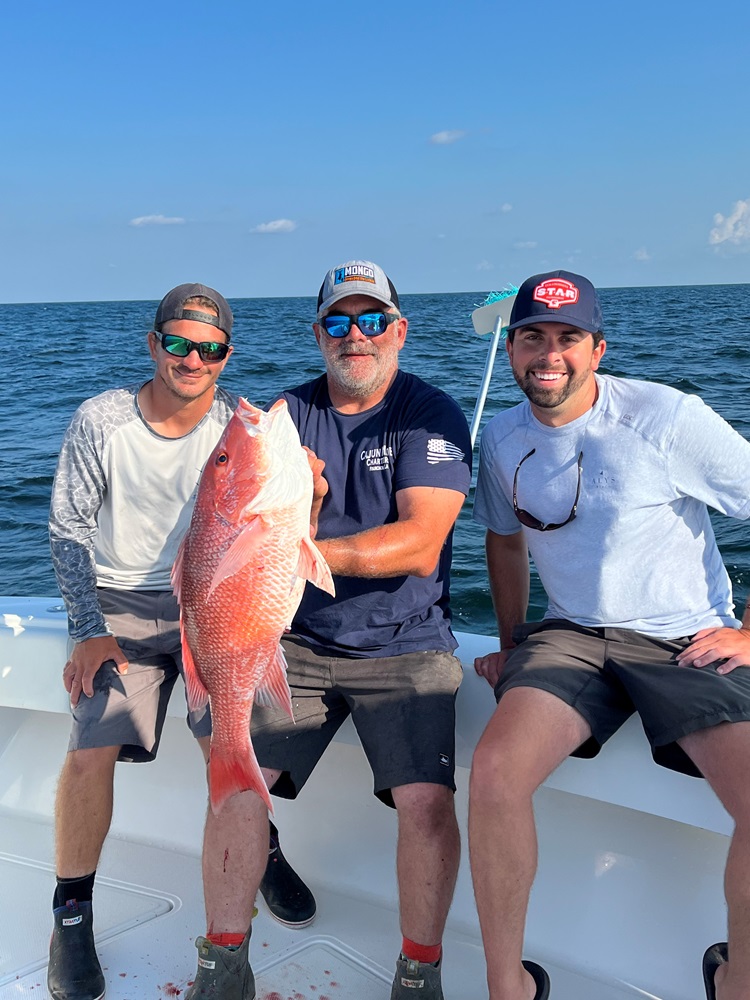
Our favorite destination was once the South Timbalier 50’s blocks, specifically the red-and-yellow-painted double platform that towered over the other dozen or so structures in the area. It was about 12 miles southwest of Belle Pass, meaning it was generally accessible in a 24-foot bay boat. It stood in 60 feet of water and always held nice-sized red and mangrove snapper. Six years ago, we aimed the boat right for it on the first day of the tournament, only to find it wasn’t there anymore.
From a marine fisheries standpoint, Gulf rigs provide an extensive network of the world’s most productive artificial reefs.
This has become a common story along the Gulf Coast. In the early 1980s, there were some 4,000 oil, gas, and sulfur production platforms in the northern and western Gulf. Obviously, the metal structures fixed to the sea floor in depths of 3 to 1,300 feet of water were built to extract and transport petroleum and minerals. But from a marine fisheries standpoint, they also quickly became an extensive network of the world’s most productive artificial reefs.
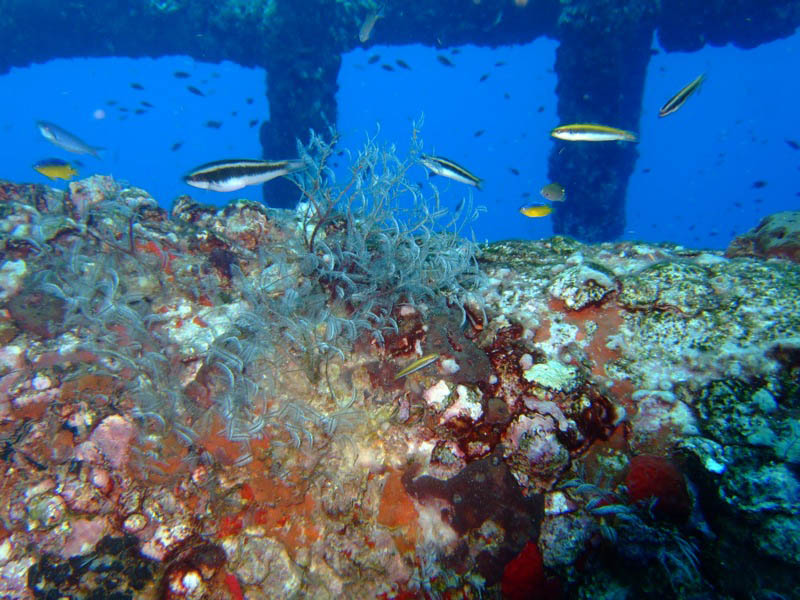
In the last 25 years, that number of rigs has been cut by 60 percent. In the next decade, as many as 700 more of the 1,550 or so remaining rigs could be removed as well. And, when they are removed, federal law currently requires that the sea floor be stripped bare, with all signs of the rig and associated reef removed.
Fortunately, two Gulf Coast congressmen have recently stepped in to try and save some of the ecologically and economically valuable reefs that have colonized the rigs. Rep. Garret Graves, a Louisiana Republican, and Rep. Marc Veasy, a Texas Democrat, introduced H.R. 6814 late last year. Named the “Marine Fisheries Habitat Protection Act,” it would change federal law and policy to require the National Oceanic and Atmospheric Administration to examine the Gulf’s artificial reefs and associated fisheries production while encouraging more participation in the Bureau of Safety and Environmental Enforcement’s Rigs-to-Reefs Program.
Critics of artificial reefs, and of the oil and gas industry, have long claimed these structures are simply fish aggregators, meaning they make fish easier targets for anglers and commercial harvesters, likening them to piles of corn or salt licks that attract deer. However, research conducted over the last 30-plus years by Texas A&M Corpus Christi, Louisiana State University and a host of other academic institutions have thoroughly debunked those claims. For some fish, especially snappers and groupers, rig reefs are just as productive or more productive than natural hard bottoms and corals. And these vertically oriented structures can host as many as 90 species of fish that utilize different water depths, while steering fishing pressure away from sensitive natural reefs.
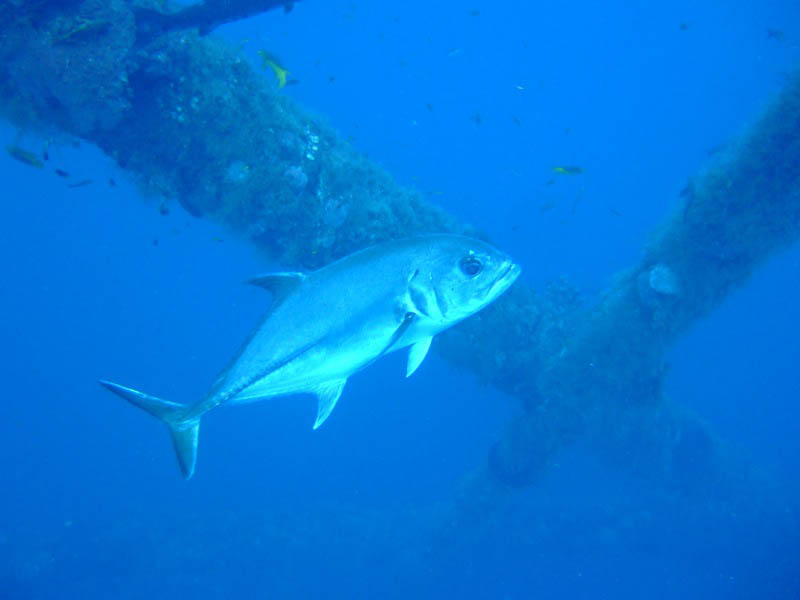
Within weeks of being in the water, rig legs begin to be colonized by benthic creatures like corals, sponges, barnacles, algae, and other organisms. Some fish species also arrive almost immediately, with jacks, dolphin (mahi mahi), sharks, mackerels, barracuda, tunas, and others quickly orienting higher in the water column. Reef fish and crustaceans come soon after with snappers, groupers, spadefish, triggerfish, and numerous other structure-loving fish colonizing the maze of vertical pilings and cross members.
While Atlantic coast and eastern Gulf states seek out decommissioned naval ships, old tugboats, subway cars, and many other hard structures to sink to expand fish and coral habitat and increase fisheries production and opportunity, Louisiana, Texas, Mississippi, and Alabama had artificial reefs built for them free of charge by the oil and gas industry. All four states have worked with the owners of those platforms on programs to keep as many decommissioned structures as possible in the water, but the rate of removal has far outpaced the effort to navigate the web of bureaucracies, laws, and policies allowing them to stay in place.
For Gulf anglers, the removal of their favorite fishing spots has been a punch to the gut. Many are rightly frustrated, and even angry, at the lost fisheries production and opportunity. Reps. Graves and Veasy, both avid anglers, are deserving of praise for trying to do their part to help their constituents and, more importantly, the fish themselves. With your support, hopefully all of Congress sees it that way and gets behind this bill.
Tell Congress to support legislation to protect artificial reefs and offshore fishing.

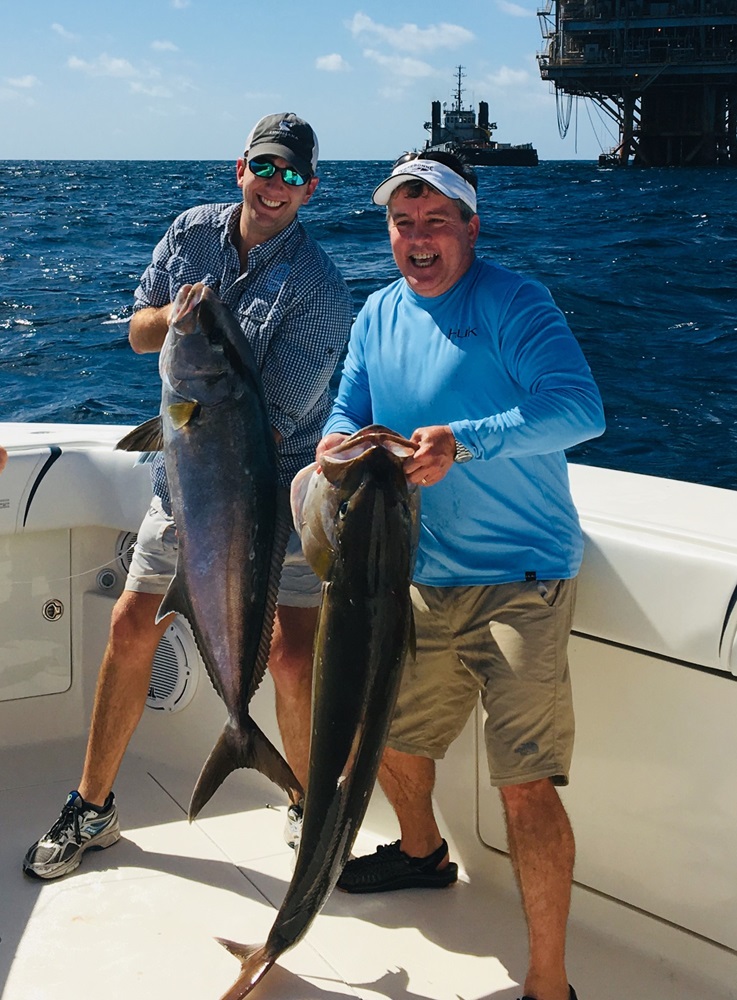

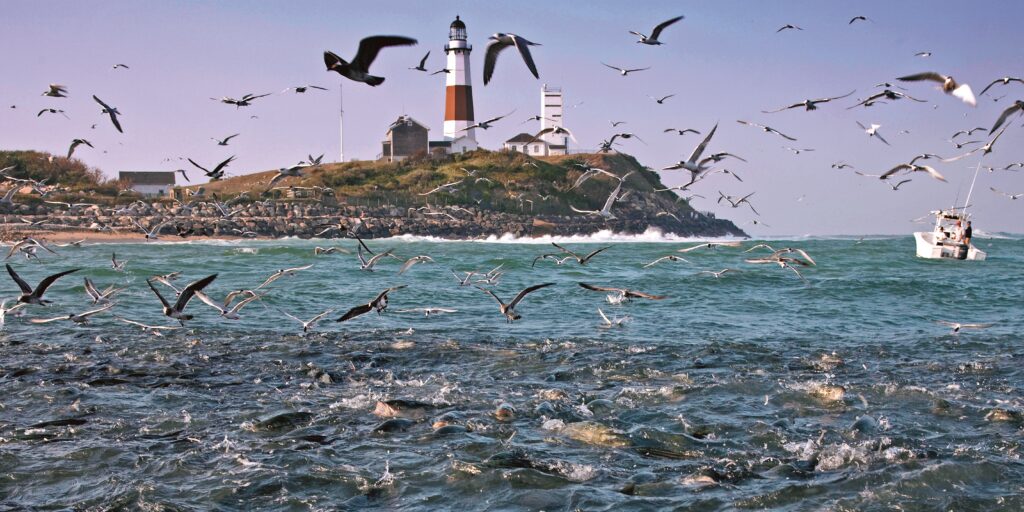
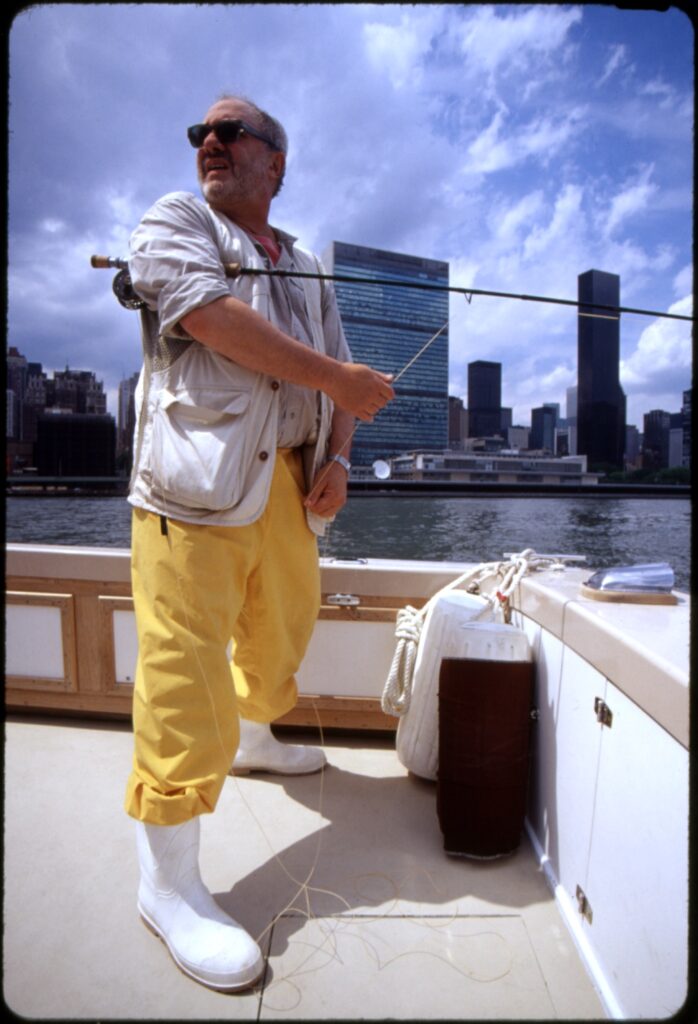
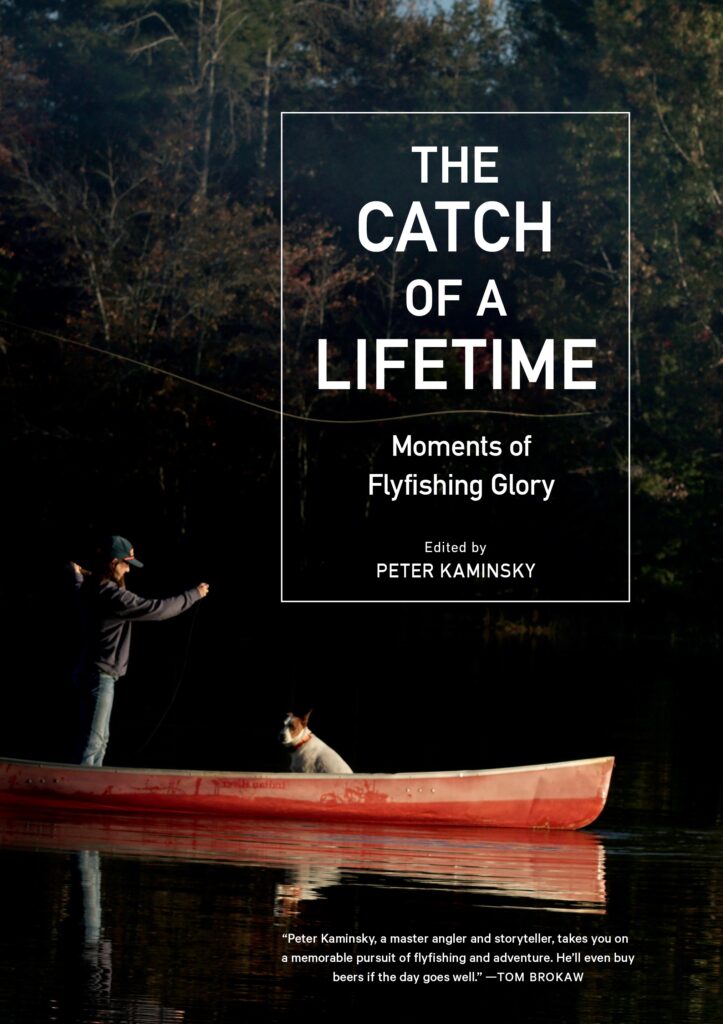
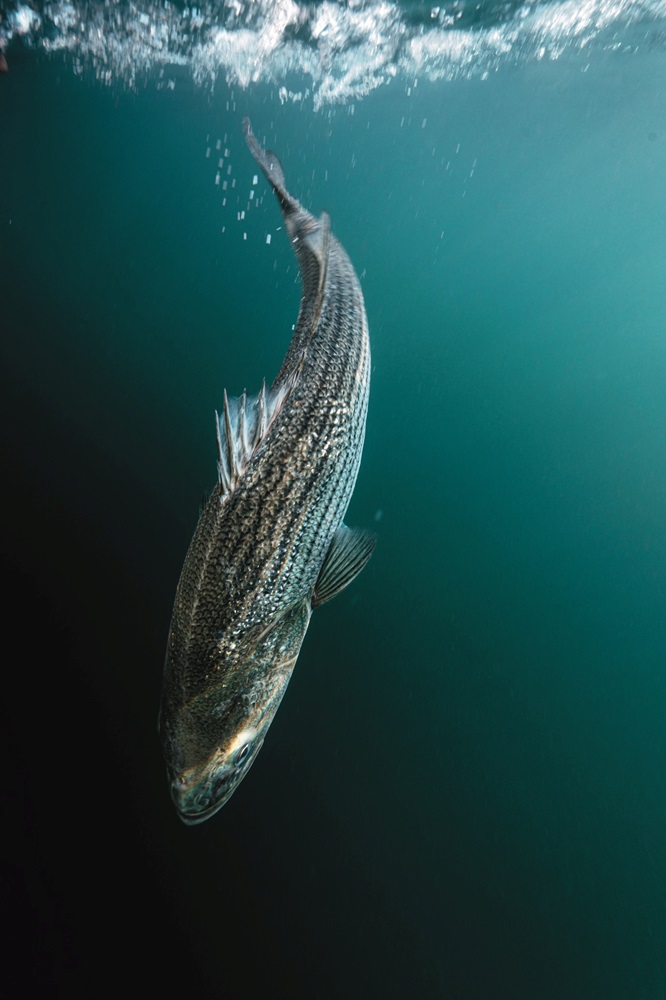
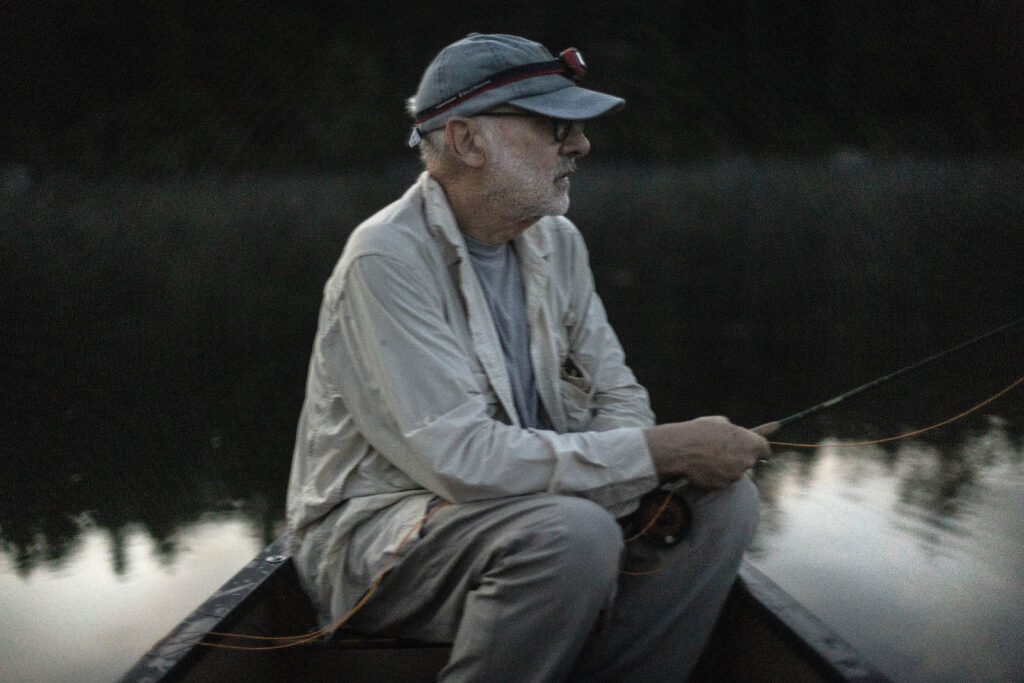
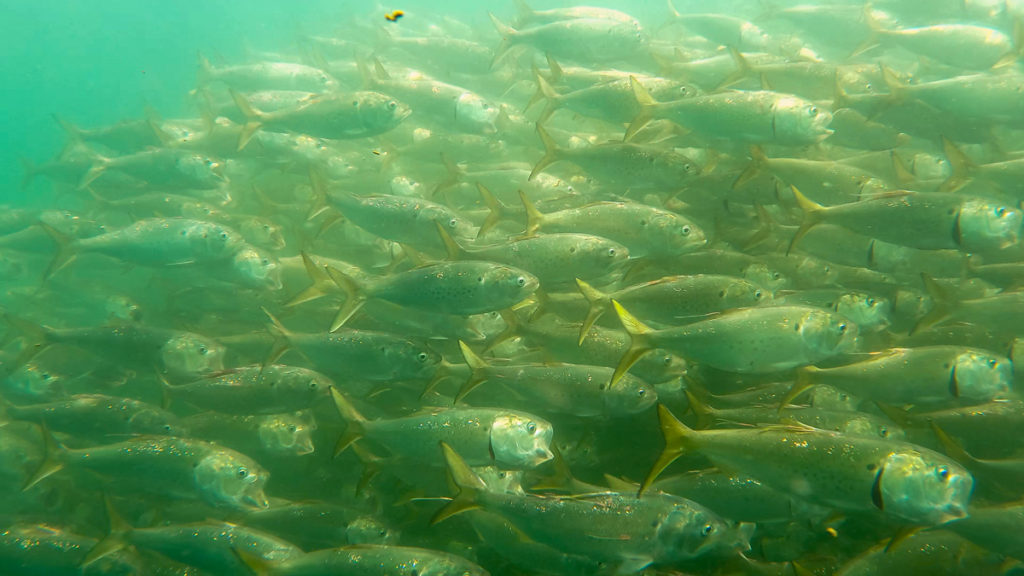
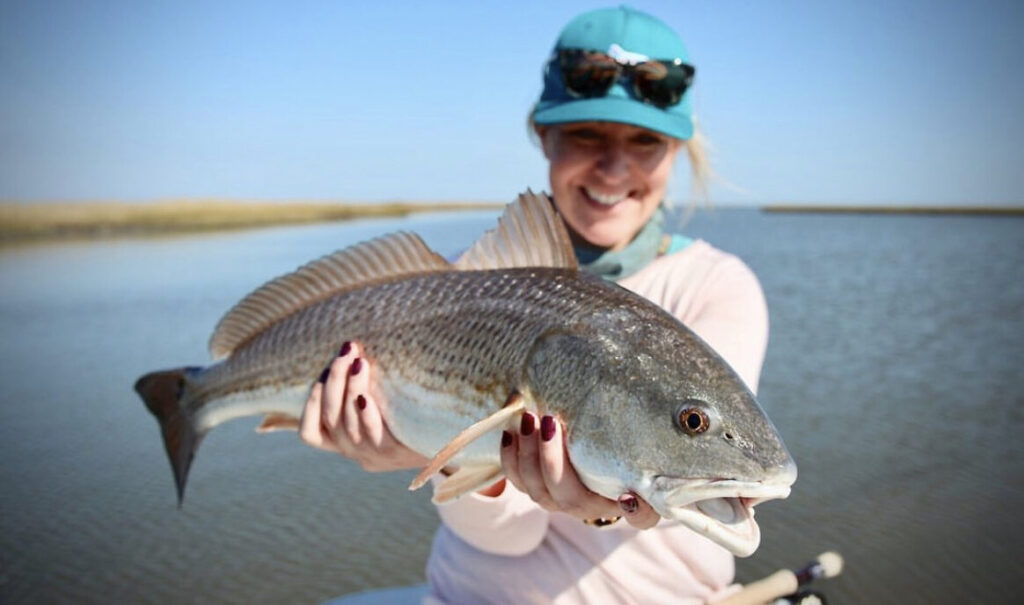
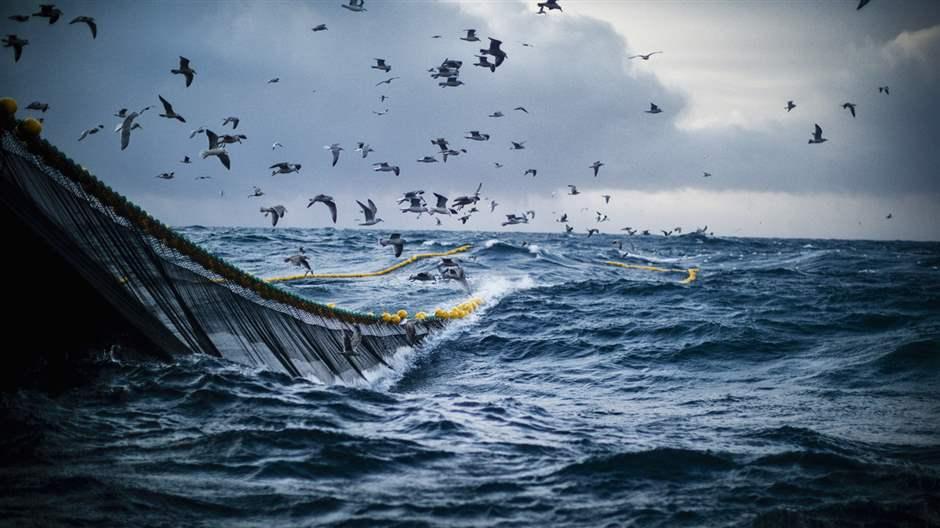





Interesting approach and proposal… I wonder what the parallel benefits there may be for associated seabirds. Any studies on this???